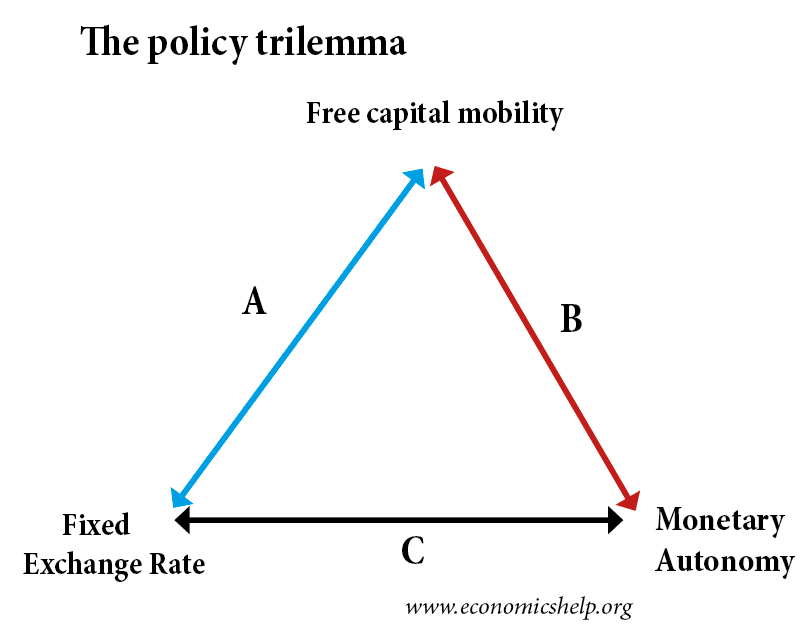Iceland’s Recovery
Iceland’s crisis was brutally severe. With a bloated current account deficit and bad debts, Iceland experienced a severe balance of payments crisis and banking losses. Iceland responded by: Not guaranteeing all banking debt. Many large banks failed and were seized by the government Allowing the currency to devalue by 50%. Imposed capital controls to prevent …

